News & Events
Gender-based violence in Vietnam: A critical analysis and recommendation
24/02/2021

GBV-combatting programs in the past 20 years have witnessed myriad remarkable achievements. The National Study on Violence against Women in Vietnam conducted in 2019 reveals positive changes in gender-based violence (GBV), compared to 2010, especially violence against young women: Most of forms of violence has decrease (MOLISA, GSO, & UNFPA 2020). The Government of Vietnam has put in place different legislations to prevent and control GBV, including the 2006 Law on Gender Equality, 2007 Law on Domestic Violence, the new National Strategy on Gender Equality for the 2011-2020 period. Besides, Vietnamese civil society has also joined hands with the government to prevent and respond to gender-based violence, by multiple attempts in raising awareness and providing support services to victims of violence.
However, it is important to note that the above mentioned research also indicates an increase in the prevalence of sexual violence, and despite the reduction in other types of violence, approximately two out of three women still experienced GBV in their life. This suggests that the mechanisms in place, though produced optimistic results, prove to be rather slow and require more concerted efforts to be of significant impact. In reviewing existing strategies to combat GBV by both the government and different non-governmental organizations (NGOs), we have observed several limitations.
First, these strategies often employ a rather fragmented view of violence. They tend to divide violence into different domains, oftentimes including partner-induced violence such as domestic violence, and violence caused by non-partners such as trafficking, sexual harassment in the workplace, and prostitution. In dealing with these forms of violence, various strategies have been adopted by providing emergency call centers, offering care, shelters, and consultancy to victims. Indeed, these strategies help solve GBV, especially individual cases that need urgent interference, but they do not prove to be efficient in the long run. They often focus on dealing with direct violence presenting as physical and psychological violence but ignore violent systems radically underlying those phenomena (Lee, 2019). Therefore, violence cannot be entirely resolved unless we recognize that there is an invisible unequal power structure that drives violence in the first place.
Second, existing strategies tend to focus on making a great distinction between the perpetrators and the victims, engendering intolarate treatments among political actors. Perpetrators of violence in Vietnam are often faced with public criticizing and demonization, whereby they become victims of violence from the public. Even legalization of GBV, such as financial penalty or criminal charges, could be considered violence. According to Bornstein (2018), all law itself is a form of latent violence and “the consolidation of violence in the hands of the state”. It seems, then, violence is being perpetuated by violence itself. We believe this non-stop cycle of violence is not the solution to GBV.
Lastly, though aiming to address violence by providing victims and perpetrators of violence with consultancy, no current guidelines have succeeded in viewing GBV staff as victims or even perpetrators of violence. This issue is important because without allowing the staff to address their internal violence or conflicts, it would be difficult, if not possible, for them to show compassion and empathize with victims of GBV. To tackle these issues, many studies have shown the effect of Non-Violent Communication (NVC) in identifying and preventing violence (Burleson, Martin & Lewis). It is a form of communication developed by Marshall Rosenberg (2003) that focuses on sharing and receiving empathy to improve understanding of the self and others. NVC aims to remove violence from interaction, which we believe is the answer to break the violence cycle that is being perpetuated through existing GBV-related interactions. NVC will also help GBV staff to understand themselves, resolve their internal conflicts, before seeing how to deal with others in a compassionate and empathic way.
To deal with GBV fundamentally, we need to view violence matters with more comprehensive approaches, which Johan Galtung (1969,1996) calls structural violence. It is the form of violence that individuals may do enormous harm to other human beings without intending to do so, and is “built into structure”. A more direct definition came from Rutherford et al. (2007): “Structural violence” refers to the physical and psychological harm that results from exploitative and unjust social, political and economic systems.” This form of violence is often indirect and “embedded in ubiquitous social structures, normalized by stable institutions and regular experience” and “it frequently leads to direct violence” (Winter & Leighton, 2001). That is why it often appears invisible, yet causes more damaging and lasting effects, and is even more difficult to address. As mentioned earlier, existing strategies to combat GBV often fail to recognize the significance of structural violence, and though their work undeniably helps solve GBV to an extent, it has not succeeded in eliminating the root cause, which is while these methods are unsustainable and generate rather slow impacts. Therefore, we suggest a more innovative approach to address GBV that focuses on reflecting the structures behind direct violence, in which the perpetrator-victim dichotomy is replaced by the recognition that perpetrators could also be victims of violent structure and vice versa. This comprehensive approach to GBV is completely new in Vietnam. Addressing structural violence typically requires large structural changes in society. Therefore, it is important that civil society organizations working on GBV have extensive knowledge training and broad discussions on the violence of unequal structures.
Bornstein, M. H. (2018). Political Violence. In The SAGE Encyclopedia of Lifespan Human Development. https://doi.org/10.4135/9781506307633.n628
Burleson, M., Martin, M., & Lewis, R. Assessing the Impact of Nonviolent Communication.
Galtung, J. (1969). Violence, Peace, and Peace Research. Journal of Peace Research, 6(3), 167–191. http://www.jstor.org/stable/422690
Galtung, J. (1996). Peace by peaceful means: Peace and conflict, development and civilization (Vol. 14). Sage.
Lee, B. X. (2019). Structural Violence. In Violence (pp. 123–142). John Wiley & Sons, Ltd. https://doi.org/10.1002/9781119240716.ch7
MOLISA, GSO, & UNFPA (2020). National study on Violence against Women in Vietnam in 2019.
Rosenberg, M. B., & Ebooks Corporation. (2003). Nonviolent communication : a language of life. In Nonviolent Communication Guides.
Rutherford, A., Zwi, A. B., Grove, N. J., & Butchart, A. (2007). Violence: A glossary. In Journal of Epidemiology and Community Health. https://doi.org/10.1136/jech.2005.043711
Winter, D. D., & Leighton, D. C. (2001). Structural Violence Section Introduction. In Peace, conflict, and violence: Peace psychology in the 21st century.




